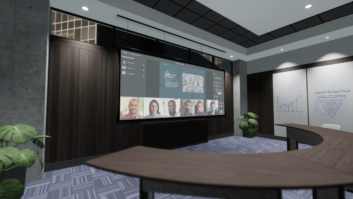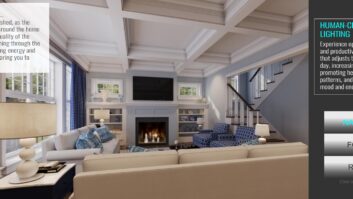
Scope creep exists in everything. My good friend Mark Feinberg used to be a management consultant, going into large corporations and working to improve processes and make the company more profitable. While the projects would be sold with a tightly defined scope, clients always wanted to get more work done without increasing what they paid. Sound familiar?
The same thing happens in our businesses. Clients start out on a renovation with a budget and a scope of what they want. But then they go to friend’s house and see the cool tech that they initially passed on in our proposal. Maybe it was the in-wall touchscreen, or the stealth speakers. Sometimes it’s even something as simple as cleaning up the wiring in another part of the home that we initially weren’t touching. And tell me this hasn’t happened to you: It’s easy for a client to say to an on-site tech, “Do you mind taking a look at my iPhone? I can’t get it to do xyz.” Not wanting to disappoint the client, we used to try to help them out. Then there was that one time when a tech updated a client’s iOS not realizing the phone was a little too old for it and then the phone’s performance suffered dramatically. It doesn’t take much to go from being a hero to a goat.
There are a few options when it comes to avoiding scope creep:
1. Bill for everything extra that a client asks for. The problem with this is that it can seem like you are nickel and diming them and no one wants to feel that way. It definitely won’t help with your reputation.
2. Just say no. Everything additional can be put into a separate proposal for the client to approve separately. We often do this with items that won’t slow down the project if we put them off a bit.
3. Go with the flow. Sometimes it is just easier and good customer service to say yes to a few small items than it is to risk alienating a customer.
I know it isn’t a great answer, but we use a combination of all three. The one hard and fast rule is to not allow scope creep for things in which we are not experts (ie. the iPhone example from above.)
Many times clients will ask us to help with their ISP router when we are on-site. If we have time and the tech has the right knowledge, we will change their password to something more memorable for them. This is just good customer service, and we never charge for it. In fact, I will often do this while on an initial consult. You’d be amazed at the good will you can build by doing something small like this on a consult. I’m sure it has won us several projects!
Most of the time, we will take the small requests from the client and let them know we need to get back to them. We will then assess how impactful the changes are both to the bottom line and to the project timeline. If they are minimal to both, then we will usually do them at no charge or for a minimal upcharge. If, however, it involved additional equipment, days on site, or significant time, we will pull all of the small “do you mind?” requests into an add-on proposal and present it to the client for approval. Typically this work is priced fairly well as we are already on site, know the client, know the home, and have a good idea of any issues we will run into. Most of the time, it gets approved. Very rarely will we go out of our sandbox to take on things we don’t normally undertake (for example, the side channels for the shading project that Home Theater Advisors is embroiled in, and that we discussed a couple of weeks ago.)
By taking a structured approach to scope creep, we have found a happy middle ground that keeps our clients happy and our accountant, too!







